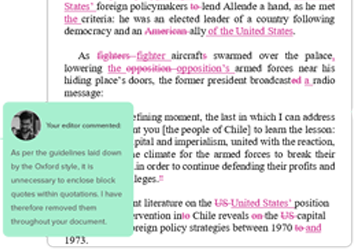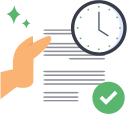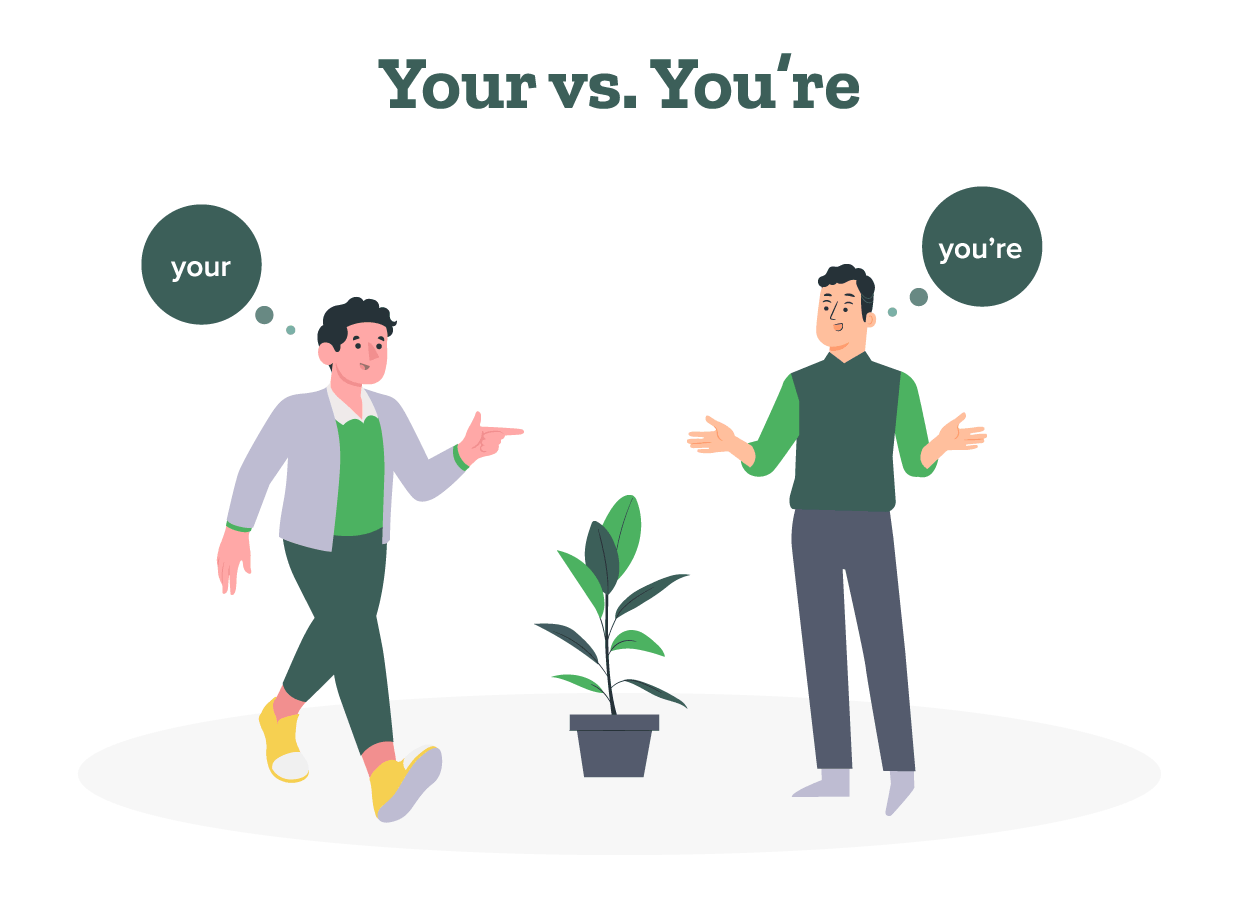Still have questions? Leave a comment

Checklist: Dissertation Proposal
Enter your email id to get the downloadable right in your inbox!
[contact-form-7 id="12425" title="Checklist: Dissertation Proposal"]
Examples: Edited Papers
Enter your email id to get the downloadable right in your inbox!
[contact-form-7 id="12426" title="Examples: Edited Papers"]Need
Editing and
Proofreading Services?

What Is a Complement in a Sentence? (Meaning, Types & Examples)
 Sep 12, 2024
Sep 12, 2024 5
min read
5
min read
Want to write better sentences using complements? This blog includes all the basics of complements. From the complement meaning to the types, we’ve explained everything!
We’ve added examples for all types to help you understand complements better. With this, we’ve also included basic rules to use complements.
Let’s quickly start with a simple complement definition!
What is a complement in a sentence?
A complement is a word or phrase that provides additional information about the sentence’s subject or verb. They help to provide clarity and complete the meaning of the sentence.
Here are some complement examples to understand better:
The child became the center of attention at the party. (center of attention – complement)
The old man was mysterious to the villagers. (mysterious – complement)
Following are the two types of complements:
1. Subject complement
2. Object complement
Let’s understand these types in detail in the next section!
Types of complements
1. Subject complement
Subject complements are words that follow linking verbs and provide more information about the subject.
Some subject complement examples are:
The sky is blue. (is- linking verb, blue- subject complement)
The purse looks beautiful. (looks- linking verb, beautiful- subject complement)
In these examples, the words “blue” and “beautiful” are predicate adjectives. An adjective that describes subject of a sentence is a predicate adjective.
Now let us look at other examples to understand another type of subject complement!
She is a teacher. (is- linking verb, teacher- subject complement)
They became doctors. (became- linking verb, doctors- subject complement)
In the above examples, “books” and plums are examples of predicate nouns. When nouns describe the sentence’s subject, they are known as predicate nouns.
Now let us browse through the following examples to understand the third type of subject complement.
The person who inspired me the most was she. (was- linking verb, she- subject complement)
The culprit behind the mysterious events turned out to be them. (be-linking verb, them- subject complement)
In these sentences, “she” and “them” are examples of predicate pronouns. Any pronouns that
describe the subject are known as predicate pronouns.
After seeing what is a subject complement, let’s see some rules to use them.
Important pointers while using subject complements
a. Subject complements must always follow a linking verb: Subject complements always follow a linking verb, such as “is,” “am,” “are,” “was,” “were,” “be,” “being,” “been”, etc.
b. Subject complements must agree with the subject: This means that if the subject is singular, the complement’s form should also be singular. In contrast, if the subject is plural, the complement should also be plural.
For example:
They are teachers. (are- plural, teachers, plural)
The culprit turned out to be him. (be- singular, him- singular)
How to identify subject complements?
Following are the steps to identify subject complements:
-
-
- Look for the noun or pronoun that performs the action or is being described in the sentence (subject of the sentence).
- Check if the sentence has a linking verb like “is,” “am,” “are,” “was,” “were,” “be,” “being,” “been,” “become,” “seem,” “appear,” “feel,” “look,” “smell,” “sound,” “taste,” “turn,” etc.
- Ask questions to identify the subject complement. For example:
-
The flowers are beautiful. (What are the flowers? Beautiful.)
John is a doctor. (Who s John? A doctor.)
Now let us understand object complements in detail!
2. Object complement
Object complements are used to describe, rename, or complete the meaning of the direct object. The direct object is the noun or pronoun that is directly affected by the action in the sentence.
Here are some examples of object complements:
They elected him president. (president- object complement, him- direct object)
The committee named her the winner. (the winner- object complement, her- direct object)
In the above examples, the words “president” and winner” are nouns that describe the direct objects “him” and “her”. The nouns that describe the object in the sentence are known as object predicate nouns.
Now, let us see more object complement examples to understand them better!
The news made him happy. (him-direct object, happy-object complement)
She found the book interesting. (the book- direct object, interesting- object complement)
In the above examples, the words “happy” and “interesting” are adjectives that describe the direct objects “him” and “book”. The adjectives describing the object in the sentence are object predicate adjectives.
After understanding what is an object complement, let’s see some rules on how to use them!
Important pointers while using object complement
1. Object complements are not set off by commas: There is no comma between the direct object, verb, and the object complement in a sentence. For example:
She thought the man was crazy. (man-direct object, crazy-object complement)
In the above sentence, there is no comma between the direct object “man” and the adjective complement “crazy”.
2. Object-complement agreement: If the direct object is singular, the object complement should also be singular; if the direct object is plural, the object complement should be plural. For example:
She made him the coach. (him- direct object, singular, coach- object complement, singular)
Robert called all players champions. (players- direct object, plural, champion- complement, plural)
How to identify object complements?
Following are the steps to identify object complements:
-
-
-
- Find the verb and the direct object in the sentence.
- Look for a noun, pronoun, or adjective placed near the direct object that provides additional information about it.
- Ask yourself, “What is the direct object being renamed, identified, or described as?”
-
-
We hope this article has resolved all your doubts about: “What are complements?” You can bookmark this article for future reference about the complement of a sentence. With this, you can also make a list of complement examples of every type.
Along with complements, there are also other important concepts for writing like parts of speech, sentence structure, punctuation marks, etc. These elements enhance the sentence’s meaning and provide clarity about the subject and object. Hence, it’s important to use them carefully while writing.
Once you complete writing, the next step is to edit your text. As experts in editing and proofreading services, we’d love to help you enhance your text!
Here are some useful resources:






